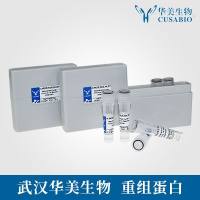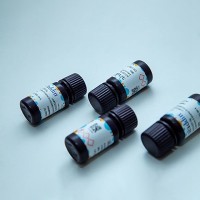Microchip Capillary Electrophoresis Protocol to Evaluate Quality and Quantity of mtDNA Amplified Fragments for DNA Sequencing in Forensic Genetics
互联网
392
Here, we describe a microcapillary electrophoresis technique with application to the quantitative analysis of mtDNA hypervariable regions HVR1, HVR2, and HVR3 PCR amplicons previous to sequence analysis, which yields several important advantages compared to traditional separation and detection methods. Based on laser-induced fluorescence (LIF) detection, and performed in a microchip, this analysis system enables the handling of very small volumes via microchannels etched in the chip. Moreover it is faster than traditional methods; chip priming and sample loading are the only manual interventions, as the rest of the process is fully automated by software control: injection, electrophoretic separation, detection of the fluorescent signal, and calculation of both quantity and size. MtDNA amplicons are separated in microchannels with an effective length of 15 mm and detected by means of the fluorescence displayed by an intercalated dye. A software records the fluorescence and entails the data into size and concentration through the use of two internal standards and an external ladder of 11 fragments. The effectiveness of this procedure has been illustrated with a validation experiment carried out in our laboratory, in order to assess the detection limit of mtDNA sequencing by determining the minimal amount of PCR amplicon needed to edit a reproducible and high quality mtDNA sequence from complementary sequence data obtained using forward and reverse primers.









